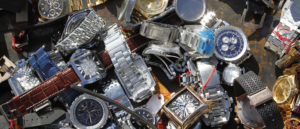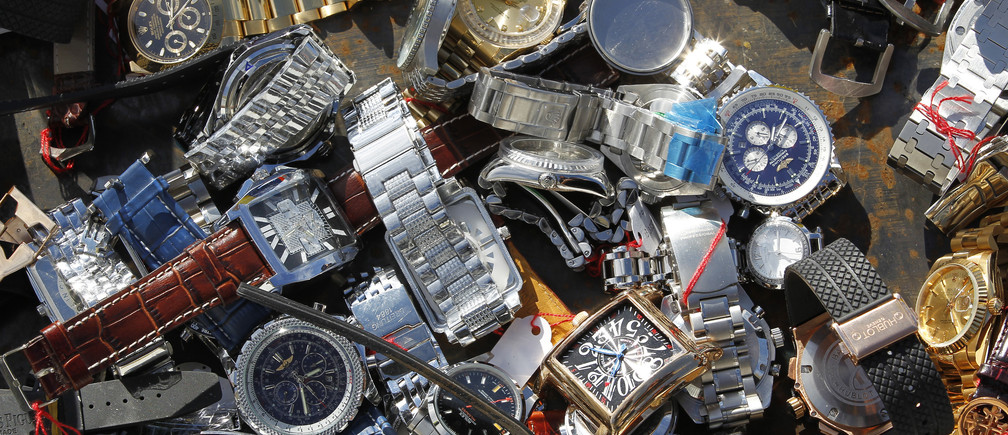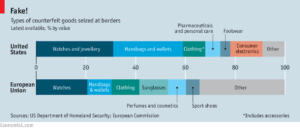In the past few months, a few colleagues and I spent quite some time trying to understand how criminal organizations (mostly based in China and Ru

If we consider a counterfeit handbag sold in downtown Paris or on Instagram as just a marginal crime, we should think again. According to the OECD, global trade in fake goods is worth almost half a trillion dollars a year. As a direct consequence, this market feeds organized crime and the mafia, while also supporting terrorism and dictatorships throughout the world. These activities exploits mostly children and women, forced to work in horrible conditions and depriving them of fundamental human rights.
The counterfeit market directly affects many brands and companies, often resulting in profit loss and employee layoff, thus damaging entire supply chains. It undermines development and research work at global level, could endanger buyer health, and even harm relationships between governments and companies. It also means local authorities can’t collect state or revenue taxes on the goods, resulting in fewer resources to invest in the common good.
While the internet has brought many rewards to our personal and collective life, several high-tech giants have also gained a tremendous amount of power, including Facebook, Amazon, Google, Alibaba and Instagram. Counterfeit criminals are using the same common and widespread tools provided by these companies to attract consumers, to showcase and sell their illicit wares, and to transfer money into the open. These organizations use a variety of online options and platforms to better provide a safer, more efficient and more profitable “user experience”. Particularly on Instagram, they deploy advanced techniques (botnets, algorithms, etc.) to constantly flood the platform with ads and offerings about a wide range of counterfeit goods.
However, so far both governments and tech giants have shown an inadequate and unsatisfactory response to this growing phenomenon – as revealed by figures gathered in a matter of a few months by our research team. We identified over 20,000 Instagram accounts that posted more than 14 million photos of counterfeit goods. About 20% of the Instagram posts related to fashion brands feature illicit and counterfeit items. A trend that applies to most mobile social platforms. But throughout 2015, Google and WeChat blocked only 18,000 and 7,000 “suspicious” accounts. Almost 74% of these “salespeople” are simply using IM chat apps and 75% offer at least two contact methods. Most of these vendors are based in China, Russia, Malaysia, Indonesia and Ukraine, while the most affected brands are Chanel, Prada, Louis Vuitton and Fendi, along with Rolex and Cartier for luxury watches.
The online market for counterfeit and fake luxury goods is clearly on the rise and having a negative impact on our societies at large. Unfortunately, although media, businesses and authorities are generally aware of these growing trends, there is still a lack of comprehensive studies and field research. How come? One reason is clear: this new wave of cyber-vendors is technology-savvy and not so easy to identify in the daily magma of social media. Indeed, platforms such as Alibaba, Facebook and WeChat still lag behind in their ability to effectively fight and prevent online counterfeit practices. To be fair, much larger companies, including Google, Amazon, Paypal and JB.com, are having better results in this context – but it is still not enough.
There is a certain unwillingness or inability to make a coordinated and global effort to enforce effective security measures. Such a strategy could start by focusing on developing and applying specific detection technologies. And while the US should lead a similar coalition, countries such as China and Russia should also be active partners. Ad-hoc trade agreements could probably help in better defining the scope and extension of legislative measures and related crackdowns in any given country.
This complex issue requires a serious and coordinated strategy, along with an open debate among all stakeholders involved. Our new research is an important step towards building initiatives with a broader scope. As was already the case with our previous research papers, I am confident that our new study will provide social actors with the necessary data and push to move in the right direction.
Fonte : weforum.org


